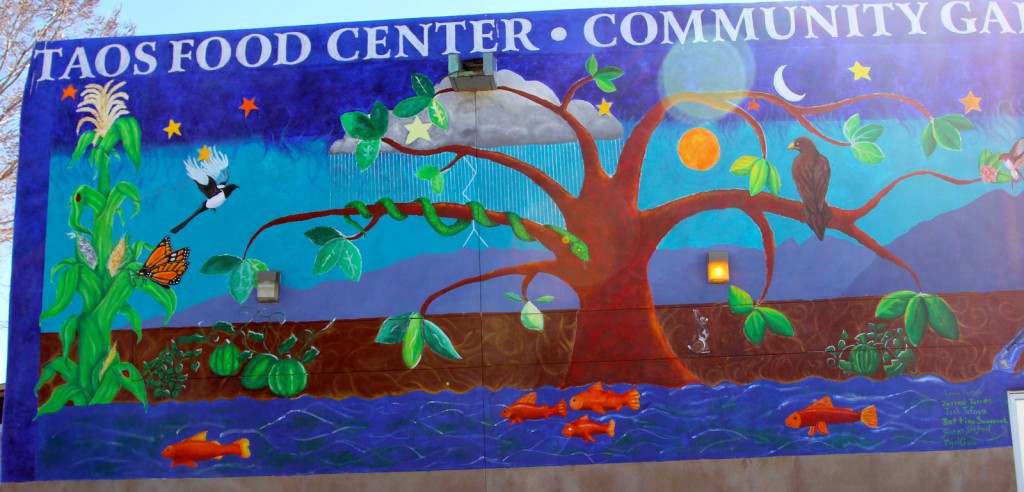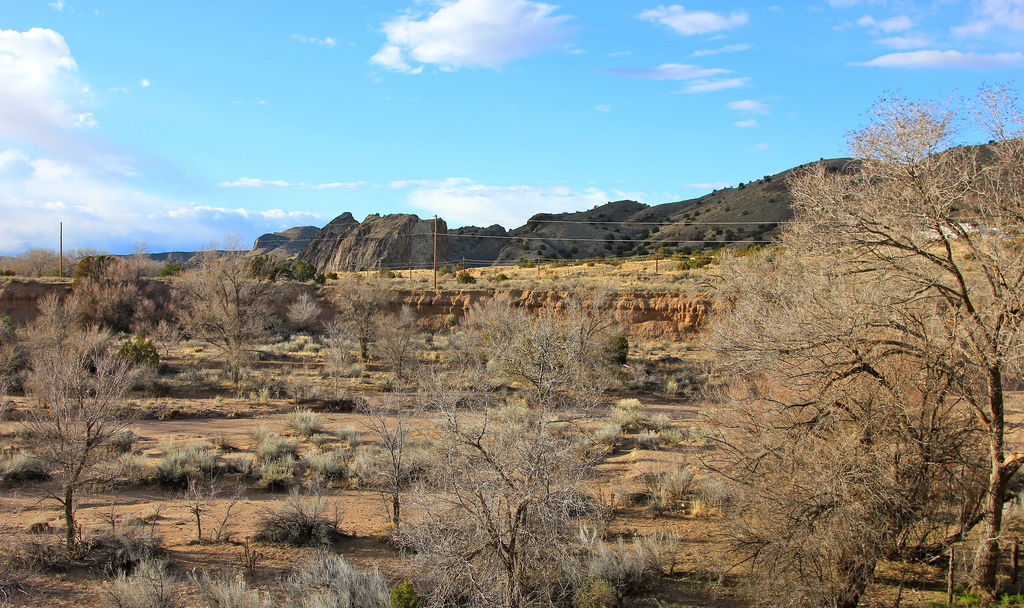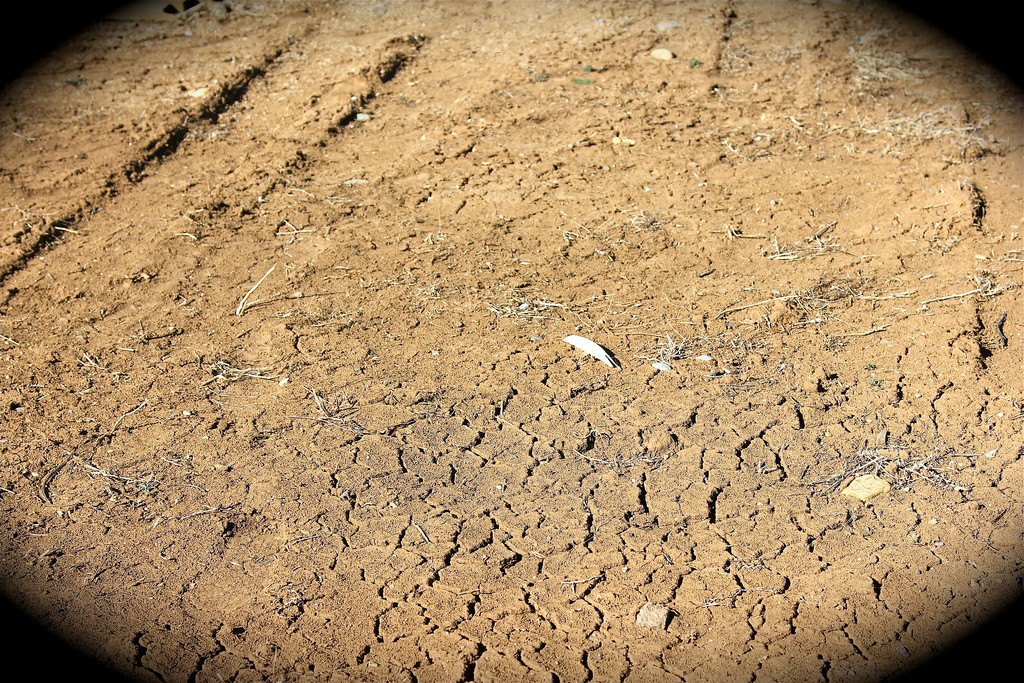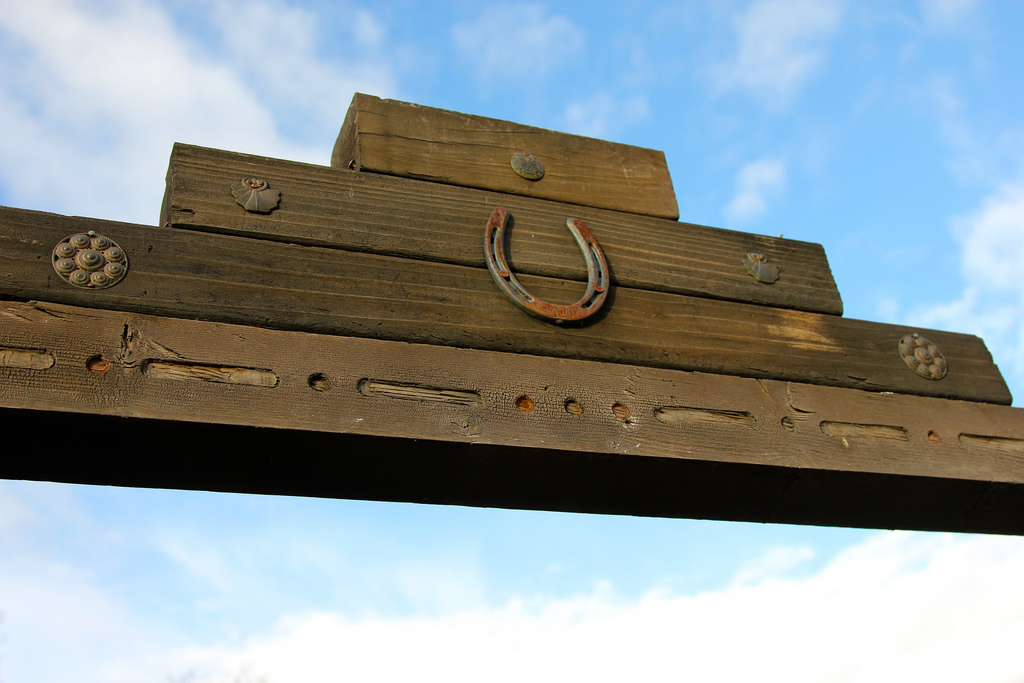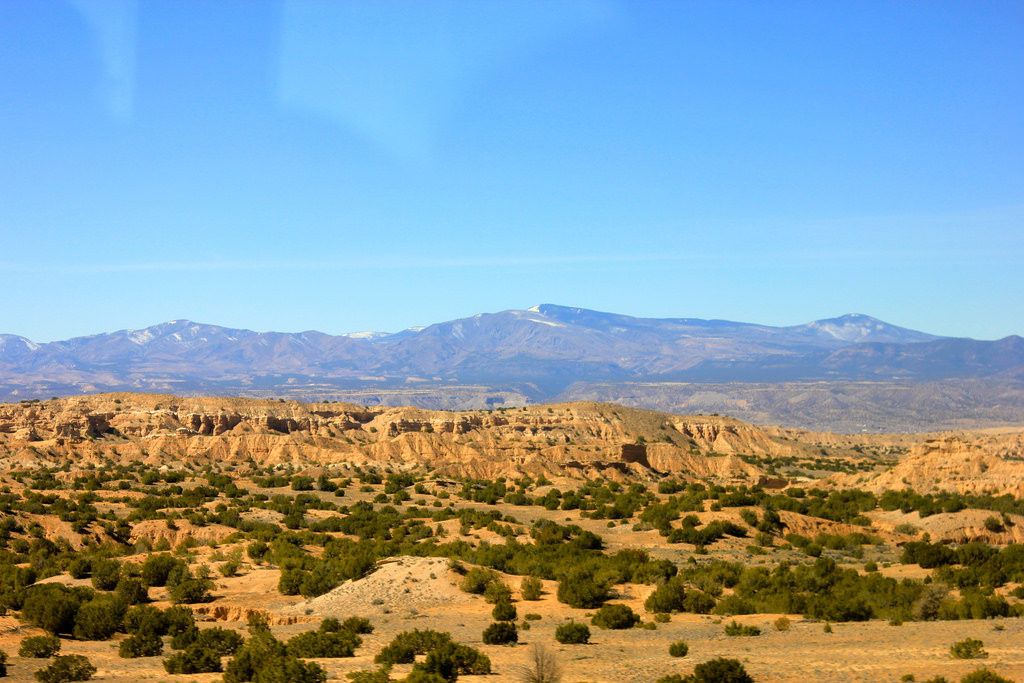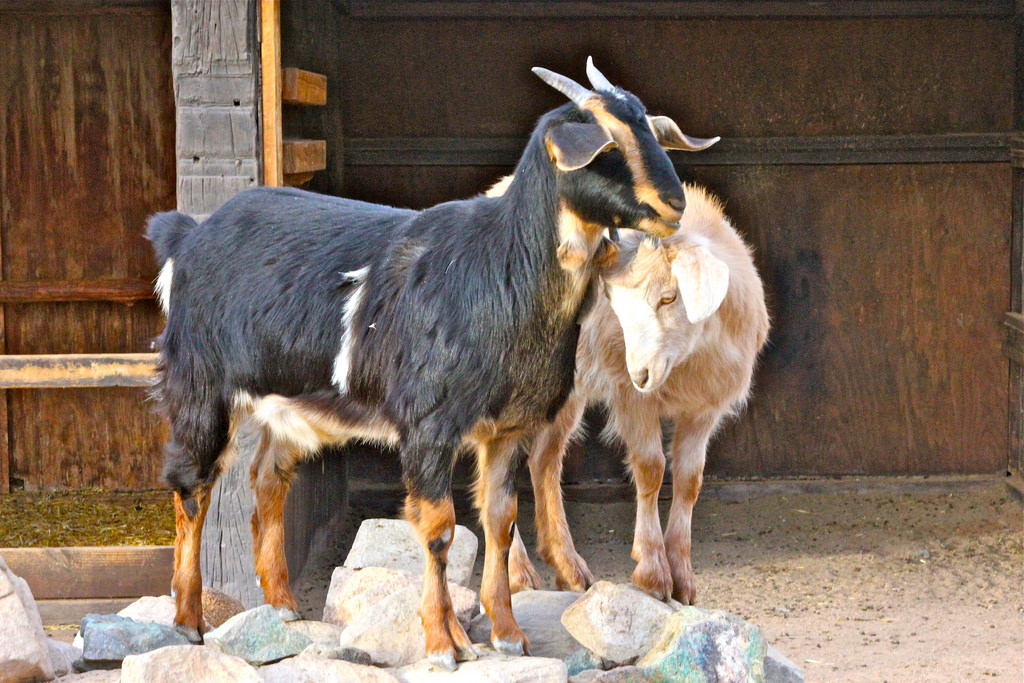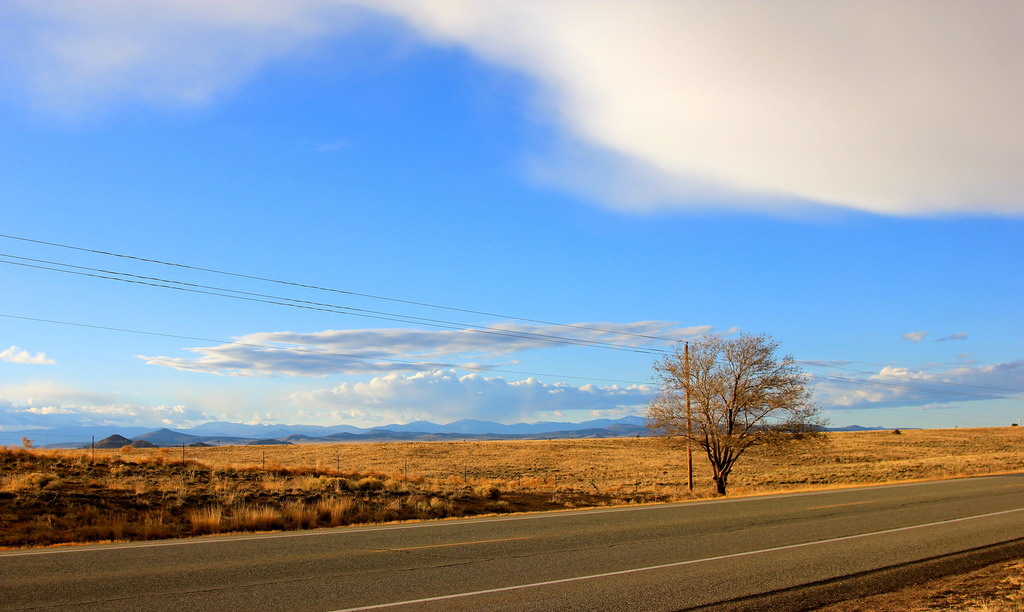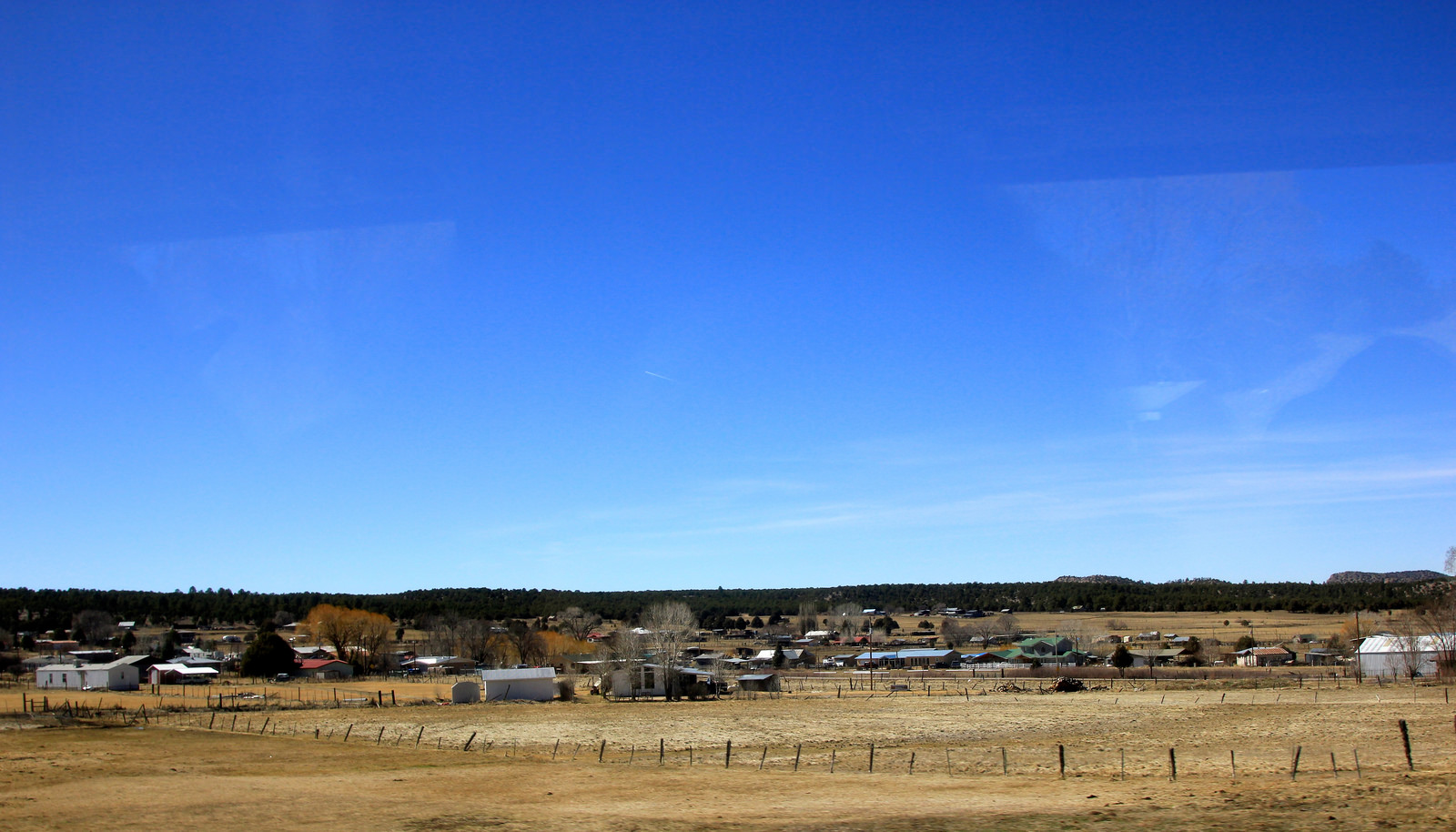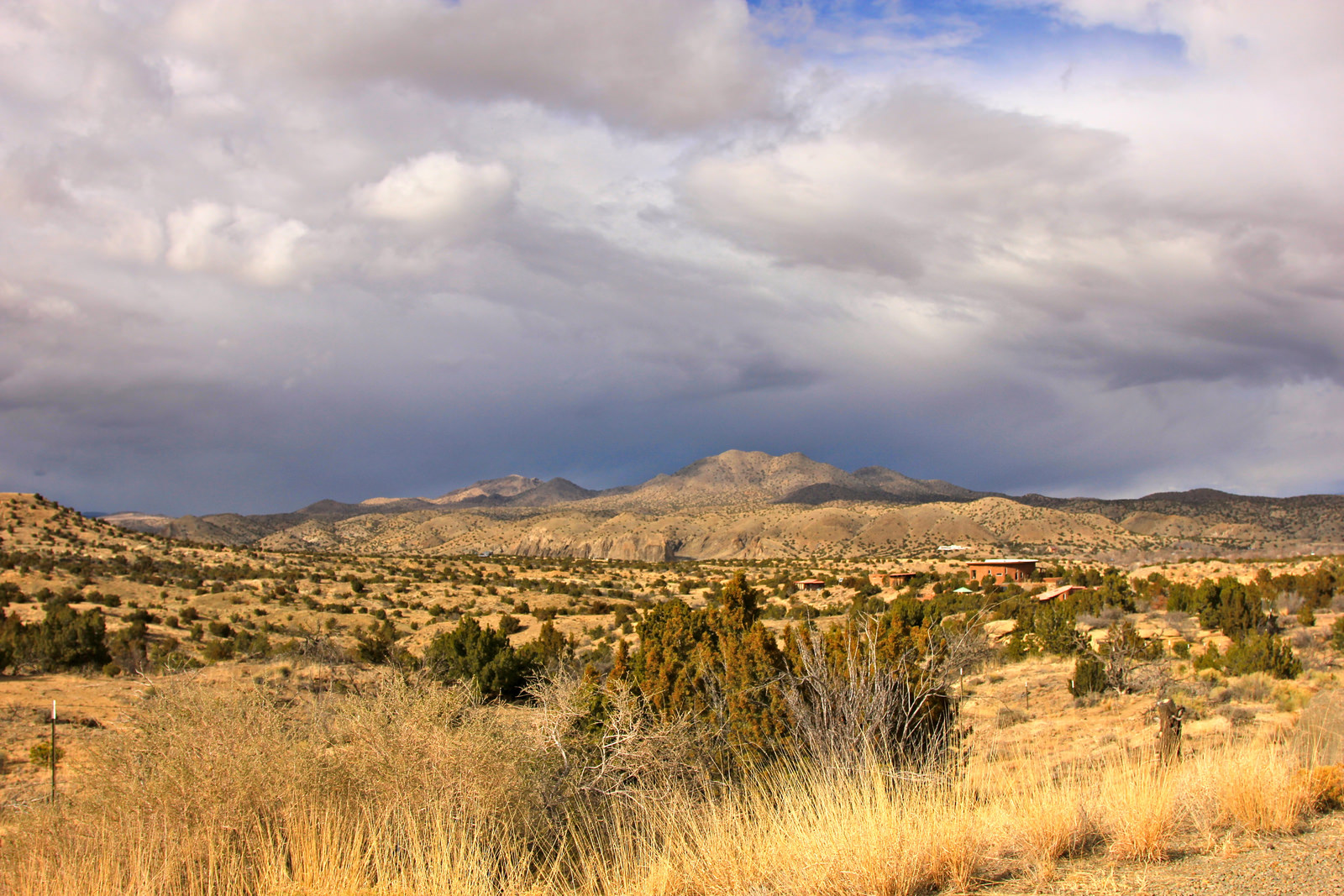I write this on the heels of a journey out west – to New Mexico, Colorado and California, more precisely – for various meetings with farmers, farm activists and leaders in the food movement. Living most of my life east of the Mississippi, I always appreciate time on the other side of the country. It broadens my perspective, opens my spirit to new landscapes and new people, and delivers a healthy dose of sunshine and vitamin D (which I’m in desperate need of this time of year).
Perhaps more importantly, this trip underscored something so very precious that I’ve taken for granted here on the East Coast. It’s something our friends living in the West and in many parts of the world know the pain of living without far too often – water.
For several years now, our 1-800-FARM-AID hotline has been riddled with calls from farmers and ranchers throughout the country who are facing drought conditions. This year’s historic drought in California, stretching to over 95 percent of the state’s landmass, is just the latest example in a string of heat-stressed and water-starved years hitting America’s farmland. And it’s looking like something we’re all going to have to get used to.
How our food and farm system responds to our water challenges will be a defining element of 21st century agriculture. Perhaps you won’t be surprised to hear me say that family farmers are crucial to addressing our water challenges, now and into the future.
A Parched Planet
Between climate change, population growth, urbanization, chronic overuse of freshwater resources, and many other factors, we are heading towards one parched planet. In fact, the U.N. anticipates that 47 percent of the world’s population could be living under severe water stress by 2050.
Agriculture is a big piece of the puzzle. Worldwide, over 90 percent of the water humans consume each day is attributable to food production – the numbers are mind-boggling. For example, a pound of corn needs about 108 gallons of water, a pound of cheese takes about 600 gallons of water, and a pound of beef clocks in a whopping 1,800 gallons of water to produce. In the United States, agriculture accounts for around 80 percent of the water we use each year.
Simply put, there’s no way around our food system’s hefty water bill. As farming increasingly competes with other water-intensive needs (fossil fuel extraction and processing, development pressures, and so forth) farmers will need to adopt stronger water stewardship practices – as demonstrated by this month’s Farmer Hero, Tom Rogers – while eaters will need to make smarter, water-savvy food choices.
Uniting Old & New
My first stop out west was to this year’s National Farmers Union convention, held in Santa Fe, New Mexico, where attendees not only discussed the newly passed Farm Bill and other pressing farm policy issues, but also enjoyed the local “culture” of agriculture during a field trip through New Mexico’s unrivaled landscape.
The past and present are inextricably linked in New Mexico, and water is a thread that binds them. The state’s water resources have for centuries been managed through acequias, ancient community-operated water canals that carry snow or runoff for irrigation and drinking water consumption. As our bus meandered north up to Taos, we saw the communities of the Pueblo people, indigenous to the region, and learned about their acequias, their intimate relationship with the land and their management of natural resources.
While in New Mexico, I also met with the leaders of the Quivira Coalition, an amazing organization that offers mentorship and apprenticeship programs for beginning farmers and ranchers throughout the Southwest. Time with established producers offers new farmers critical opportunities for learning management practices appropriate to the region. Not surprisingly, water stewardship is a key element of what they learn.
Rainwater harvesting, micro-irrigation, drip irrigation, dry farming (or non-irrigated farming in dry regions), rotational grazing systems and other practices can hugely improve the water efficiency of our farming systems and contribute to surrounding ecosystems. Farmers and eaters in states across the West are no stranger to divisive fights over water between environmental and agricultural interests, rural and urban populations, and other disputes. In what has historically been one such divided state, the Quivira Coalition, whom Farm Aid funded last year, paves a way forward in New Mexico where family farmers are a centerpiece solution to water challenges.
From Santa Fe I took a drive up north to Denver along Interstate 25, where I may have encountered every kind of weather possible, including a blizzard! But before I crossed the Colorado border, I encountered a terrifying dust storm that stretched for miles and miles. If Mother Nature was trying to send me a message about water and its important place in soil and ecosystem health, she wasn’t being subtle about it. In this new climate, practices used in water-challenged regions of the U.S. will need to be more widely adopted and federal conservation and other farm programs will need to do a better job supporting them.
The following week, I landed in California, which is facing its worst drought in recorded history. Access to water for several agricultural regions in the state has been severely restricted, and several farmers are starting to wonder if staying in business will be possible. This drought has many rethinking the way we grow food in that part of the country, while others wonder if it’s already too late.
California supplies nearly half the country’s fruits and vegetables, and is a major producer of almonds, artichokes, grapes, olives, and other products. As the people who consume the bounty of this region, we’ll all be feeling the consequences of this drought as the growing season progresses, including the rise in food costs that have already started hitting grocery aisles.
Re-localizing our food systems can go a long way to reduce our reliance on imported water and build resilience back into farming. Eating foods that are native to your region, choosing meat and produce from local producers more frequently, reducing your food waste, being mindful of water use in your kitchen, and so forth, are all important ways for eaters to lower their food’s water footprint. There is also a growing number of resources to educate eaters about the relationship between water and our food. This handy guide from GRACE shows how much water different foods consume (this chocolate-lover was not happy to see chocolate listed as a top offender!).
What Farm Aid is Doing
Farm Aid has a long history of intervening in times of drought – from organizing haylifts for livestock producers, issuing emergency funds for farm families and coordinating trainings for farm advocates and service providers to better address the needs of farmers. We remain committed to those strategies today. We’ve also invested in organizations that answer long-term water challenges with smart on-farm water conservation and management strategies.
Earlier this month, Farm Aid responded to the deepening drought crisis in California with $10,000 in grants to reach farmers and ranchers facing dire circumstances. In addition, we are supporting critical partners, Community Alliance with Family Farmers and the California Climate and Agriculture Network as they elevate farmer voices and advocate for better use of federal and state resources currently pouring into California to address the drought. We need lasting solutions to this problem that allow us to achieve more on our farms with less water. Farmers will need support with technical assistance and grants to adopt new practices, guided by a larger vision for how we can farm (and eat!) in concert with our natural resources.
What do you think, readers? Are we, as a society, doing enough to support on-farm water stewardship? And how can the choices we make in the grocery aisle honor the precious resource on which we all depend: water.
For More:
- Read the Farmer Hero profile of Tom Rogers, a farmer who shares his experience protecting water during California’s awful drought.
- Read more about family farmers’ relationship with, and protection of, waterways in this Ask Farm Aid column from 2013.
- Learn more about the organizations all over the country that Farm Aid works with and helps fund on our grants page.

